Home>Renovation & DIY>Home Renovation Guides>How To Report Home Improvement Tax Deductions For Rental Property


Home Renovation Guides
How To Report Home Improvement Tax Deductions For Rental Property
Published: December 22, 2023
Learn how to report home improvement tax deductions for rental property with our comprehensive home renovation guides. Maximize your tax benefits today!
(Many of the links in this article redirect to a specific reviewed product. Your purchase of these products through affiliate links helps to generate commission for Storables.com, at no extra cost. Learn more)
Introduction
Understanding the nuances of home improvement tax deductions for rental properties is crucial for property owners seeking to maximize their tax benefits. By comprehensively grasping the eligibility criteria, types of deductible expenses, and reporting procedures, you can potentially reduce your tax burden while enhancing the value of your rental property. This guide aims to demystify the process and equip you with the knowledge needed to navigate the realm of home improvement tax deductions for rental properties with confidence and efficiency.
Embarking on home improvement projects for your rental property not only enhances its appeal and functionality but also presents an opportunity to leverage tax deductions. However, understanding the intricate tax implications of these endeavors is paramount to ensure compliance and maximize the associated benefits.
As a property owner, familiarizing yourself with the eligibility requirements, qualifying expenses, and documentation procedures is essential for harnessing the full potential of home improvement tax deductions. This guide will elucidate the fundamental aspects of reporting home improvement tax deductions for rental properties, empowering you to make informed decisions and optimize your tax strategy.
Key Takeaways:
- Home improvement tax deductions for rental properties can help property owners reduce their tax burden by strategically planning and executing property enhancements while fostering a symbiotic relationship between property improvement and tax optimization.
- Property owners must meticulously adhere to the prescribed reporting procedures, maintain accurate documentation, and leverage depreciation schedules to optimize their tax position while fostering the continual enhancement and maintenance of their rental properties.
Understanding Home Improvement Tax Deductions
Home improvement tax deductions for rental properties offer property owners a valuable avenue to offset taxable income and recoup a portion of their investment in property enhancements. These deductions are designed to incentivize property maintenance and improvement, ultimately contributing to the overall quality of rental housing stock. By comprehending the underlying principles of these tax deductions, property owners can strategically plan and execute home improvement projects to optimize their tax benefits.
One of the fundamental concepts to grasp is that home improvement tax deductions are distinct from immediate expense deductions. While routine maintenance and repair costs are typically expensed in the year they occur, home improvement expenses are capitalized and depreciated over time. This distinction underscores the long-term nature of home improvement tax deductions, as the associated expenses are allocated over the useful life of the asset.
Moreover, understanding the classification of home improvement expenses is pivotal. Qualifying expenses generally encompass substantial enhancements that increase the property’s value, extend its useful life, or adapt it to new uses. This can encompass a wide array of improvements, ranging from structural renovations and additions to the installation of energy-efficient systems and appliances. By discerning the categorization of eligible expenses, property owners can discern which investments align with the criteria for tax-deductible home improvements.
It’s also essential to recognize the interplay between home improvement tax deductions and the concept of adjusted basis. The adjusted basis of a rental property is a key determinant in calculating depreciation and, consequently, the magnitude of tax deductions. By comprehending how home improvements impact the adjusted basis, property owners can gauge the tax implications of their investment and make informed decisions regarding the timing and nature of home improvement projects.
Ultimately, a nuanced understanding of home improvement tax deductions empowers property owners to strategically plan and execute property enhancements while optimizing their tax position. By leveraging these deductions effectively, property owners can enhance the appeal and functionality of their rental properties while mitigating their tax liabilities, thereby fostering a symbiotic relationship between property improvement and tax optimization.
Eligibility for Home Improvement Tax Deductions for Rental Property
Eligibility for home improvement tax deductions for rental properties hinges on several key criteria that property owners must navigate to ascertain the tax-deductible nature of their investment in property enhancements. Understanding these eligibility requirements is fundamental to leveraging tax benefits while ensuring compliance with the pertinent regulations and guidelines.
One primary criterion for eligibility revolves around the nature of the home improvement expenses. To qualify for tax deductions, the incurred expenses must be deemed capital improvements that substantially enhance the property, prolong its useful life, or adapt it to new uses. This encompasses a broad spectrum of enhancements, including structural renovations, additions, installations of energy-efficient systems, and other substantial upgrades that augment the property’s value and functionality.
Moreover, the concept of “placed in service” is pivotal in determining the eligibility of home improvement tax deductions. For expenses to be eligible for tax deductions, the improvements must be “placed in service” during the tax year. This denotes the point at which the property is ready and available for its intended use, signaling the commencement of depreciation and the associated tax benefits.
Another crucial aspect of eligibility pertains to the nature of the property itself. Rental properties must meet the definition of residential rental real estate, and the improvements must be integral to the property’s rental use. This underscores the requirement that the enhancements directly contribute to the property’s income-generating capacity, aligning with the overarching objective of fostering quality rental housing stock.
Additionally, compliance with the Internal Revenue Service (IRS) guidelines and regulations is imperative to ensure the eligibility of home improvement tax deductions. Adhering to the stipulated documentation and reporting requirements, as well as maintaining accurate records of the incurred expenses and the nature of the improvements, is essential to substantiate the eligibility of the deductions and withstand potential scrutiny.
By navigating these eligibility criteria with diligence and foresight, property owners can ascertain the tax-deductible nature of their home improvement expenses, thereby optimizing their tax position while fortifying the quality and appeal of their rental properties.
Types of Home Improvement Expenses That Can Be Deducted
Home improvement expenses encompass a diverse array of investments aimed at enhancing the functionality, aesthetics, and energy efficiency of rental properties. Understanding the types of expenses that qualify for tax deductions is essential for property owners seeking to leverage these benefits while fortifying the value and appeal of their rental properties.
One category of deductible home improvement expenses encompasses structural enhancements and renovations that materially improve the property. This can include the expansion of living spaces, the addition of new rooms, the installation of a new roof, or the renovation of essential structural components. These substantial improvements not only elevate the property’s value and functionality but also qualify for tax deductions, enabling property owners to recoup a portion of their investment.
Moreover, investments in energy-efficient systems and appliances constitute another eligible category of home improvement expenses. Property owners can leverage tax deductions for the installation of energy-efficient heating, ventilation, and air conditioning (HVAC) systems, as well as the adoption of energy-saving appliances and fixtures. These investments not only contribute to environmental sustainability but also yield tax benefits, aligning with the broader societal emphasis on energy conservation.
Adaptations and enhancements aimed at improving accessibility and accommodating individuals with disabilities also qualify as deductible home improvement expenses. This encompasses the installation of wheelchair ramps, the modification of doorways and corridors to facilitate accessibility, and the incorporation of specialized fixtures and features to enhance the property’s usability for individuals with disabilities. By investing in these adaptations, property owners can foster inclusivity while harnessing tax benefits.
Furthermore, expenses related to the restoration and preservation of historical or architectural significance may also be eligible for tax deductions. Property owners undertaking projects to preserve or restore historically significant aspects of their rental properties can potentially leverage tax benefits, thereby incentivizing the preservation of cultural heritage and architectural legacy.
By discerning the diverse categories of home improvement expenses that qualify for tax deductions, property owners can strategically plan and execute property enhancements while optimizing their tax position. This not only fosters the continual improvement of rental properties but also aligns with broader societal imperatives, such as environmental sustainability and inclusivity.
Keep detailed records of all home improvement expenses for your rental property, including receipts and invoices. Consult with a tax professional to ensure you are reporting deductions accurately.
Reporting Home Improvement Tax Deductions for Rental Property
Reporting home improvement tax deductions for rental properties entails navigating the intricacies of tax forms, documentation requirements, and depreciation schedules to accurately capture and leverage the associated tax benefits. Property owners must meticulously adhere to the prescribed reporting procedures to substantiate their eligibility for these deductions and optimize their tax position while fostering the continual improvement of their rental properties.
One fundamental aspect of reporting home improvement tax deductions involves the utilization of the appropriate tax forms. Property owners typically report these deductions on their annual tax returns, such as Form 1040 for individual taxpayers or Form 1065 for partnerships. Additionally, the associated depreciation of the capitalized home improvement expenses is captured through Form 4562, enabling property owners to systematically allocate the depreciation deductions over the useful life of the improvements.
Accurate and comprehensive documentation is paramount when reporting home improvement tax deductions. Property owners must maintain detailed records of the incurred expenses, invoices, receipts, and contracts related to the home improvement projects. This documentation substantiates the nature of the improvements, their costs, and their eligibility for tax deductions, thereby fortifying the accuracy and legitimacy of the reported deductions.
Furthermore, property owners must diligently adhere to the depreciation schedules stipulated by the Internal Revenue Service (IRS) when reporting home improvement tax deductions. The IRS provides guidelines and tables delineating the applicable recovery periods and depreciation methods for various types of property improvements, enabling property owners to systematically allocate the depreciation deductions over the prescribed time frames.
Another crucial aspect of reporting home improvement tax deductions involves the accurate calculation and allocation of depreciation. Property owners must calculate the depreciation deductions in accordance with the applicable schedules and methods, ensuring precision and compliance with the IRS guidelines. This necessitates a nuanced understanding of depreciation concepts and methodologies to accurately capture the tax benefits associated with home improvement expenses.
By meticulously navigating the reporting procedures for home improvement tax deductions, property owners can optimize their tax position while fostering the continual enhancement and maintenance of their rental properties. Adhering to the prescribed reporting requirements, maintaining accurate documentation, and leveraging depreciation schedules empowers property owners to capture the full spectrum of tax benefits associated with their investment in property improvements.
Documentation Required for Home Improvement Tax Deductions
When pursuing home improvement tax deductions for rental properties, meticulous documentation is essential to substantiate the nature, costs, and eligibility of the incurred expenses. Property owners must maintain comprehensive records and documentation to fortify their position when claiming these deductions, ensuring compliance with the Internal Revenue Service (IRS) guidelines and substantiating the legitimacy of the reported expenses.
One fundamental component of the documentation required for home improvement tax deductions is the preservation of invoices and receipts related to the incurred expenses. These documents should explicitly delineate the nature of the improvements, the costs incurred, and the vendors or contractors involved in executing the projects. Detailed invoices and receipts serve as tangible evidence of the expenses and corroborate the eligibility of the incurred costs for tax deductions.
Contracts and agreements pertaining to the home improvement projects constitute another critical element of the documentation. Property owners should retain copies of contracts with contractors, subcontractors, and service providers engaged in executing the improvements. These contracts should outline the scope of work, timelines, payment terms, and other pertinent details, providing a comprehensive record of the undertaken projects and the associated costs.
Additionally, property owners should maintain records of any permits obtained for the home improvement projects. Permits signify compliance with regulatory requirements and substantiate the legitimacy of the undertaken enhancements, bolstering the eligibility of the associated expenses for tax deductions. Records of permits serve as tangible evidence of the adherence to regulatory standards and the lawful execution of the property improvements.
Photographic documentation can also bolster the substantiation of home improvement tax deductions. Property owners should consider capturing before-and-after photographs of the undertaken improvements, showcasing the transformative impact of the enhancements. Visual documentation serves as compelling evidence of the substantial nature of the improvements and reinforces the eligibility of the associated expenses for tax deductions.
Furthermore, property owners should maintain detailed records of any correspondence, emails, or communications with contractors and vendors. These records can provide supplementary context and substantiation for the nature and costs of the incurred expenses, offering a comprehensive trail of documentation to fortify the legitimacy of the reported home improvement tax deductions.
By diligently preserving and organizing the requisite documentation, property owners can substantiate their eligibility for home improvement tax deductions, fortify their tax position, and navigate potential IRS inquiries with confidence and efficacy. Meticulous documentation not only ensures compliance with regulatory requirements but also underpins the legitimacy of the reported deductions, empowering property owners to optimize their tax benefits while enhancing the quality and appeal of their rental properties.
Conclusion
Navigating the realm of home improvement tax deductions for rental properties necessitates a nuanced understanding of eligibility criteria, qualifying expenses, reporting procedures, and meticulous documentation. By comprehensively grasping these fundamental aspects, property owners can strategically leverage tax benefits while enhancing the value and appeal of their rental properties, fostering a symbiotic relationship between property improvement and tax optimization.
Understanding the nuances of home improvement tax deductions empowers property owners to strategically plan and execute property enhancements, optimizing their tax position and fostering the continual improvement of rental properties. By discerning the types of expenses that qualify for tax deductions, property owners can align their investment in property improvements with the overarching objective of enhancing their tax benefits while fortifying the value and functionality of their rental properties.
Eligibility for home improvement tax deductions hinges on adhering to the prescribed criteria, maintaining compliance with IRS guidelines, and substantiating the nature and costs of the incurred expenses. By navigating these eligibility requirements with diligence and foresight, property owners can ascertain the tax-deductible nature of their home improvement expenses, thereby optimizing their tax position while fortifying the quality and appeal of their rental properties.
Reporting home improvement tax deductions entails meticulous adherence to the prescribed tax forms, documentation requirements, and depreciation schedules to accurately capture and leverage the associated tax benefits. By meticulously navigating the reporting procedures, property owners can optimize their tax position while fostering the continual enhancement and maintenance of their rental properties.
Comprehensive documentation is paramount when pursuing home improvement tax deductions, substantiating the nature, costs, and eligibility of the incurred expenses. By diligently preserving and organizing the requisite documentation, property owners can fortify their tax position, substantiate their eligibility for deductions, and navigate potential IRS inquiries with confidence and efficacy.
In conclusion, home improvement tax deductions for rental properties present a valuable avenue for property owners to offset taxable income, recoup a portion of their investment in property enhancements, and fortify the value and appeal of their rental properties. By navigating the intricacies of these deductions with diligence and foresight, property owners can optimize their tax benefits while fostering the continual improvement and maintenance of their rental properties, ultimately contributing to the vitality and sustainability of the rental housing market.
Frequently Asked Questions about How To Report Home Improvement Tax Deductions For Rental Property
Was this page helpful?
At Storables.com, we guarantee accurate and reliable information. Our content, validated by Expert Board Contributors, is crafted following stringent Editorial Policies. We're committed to providing you with well-researched, expert-backed insights for all your informational needs.

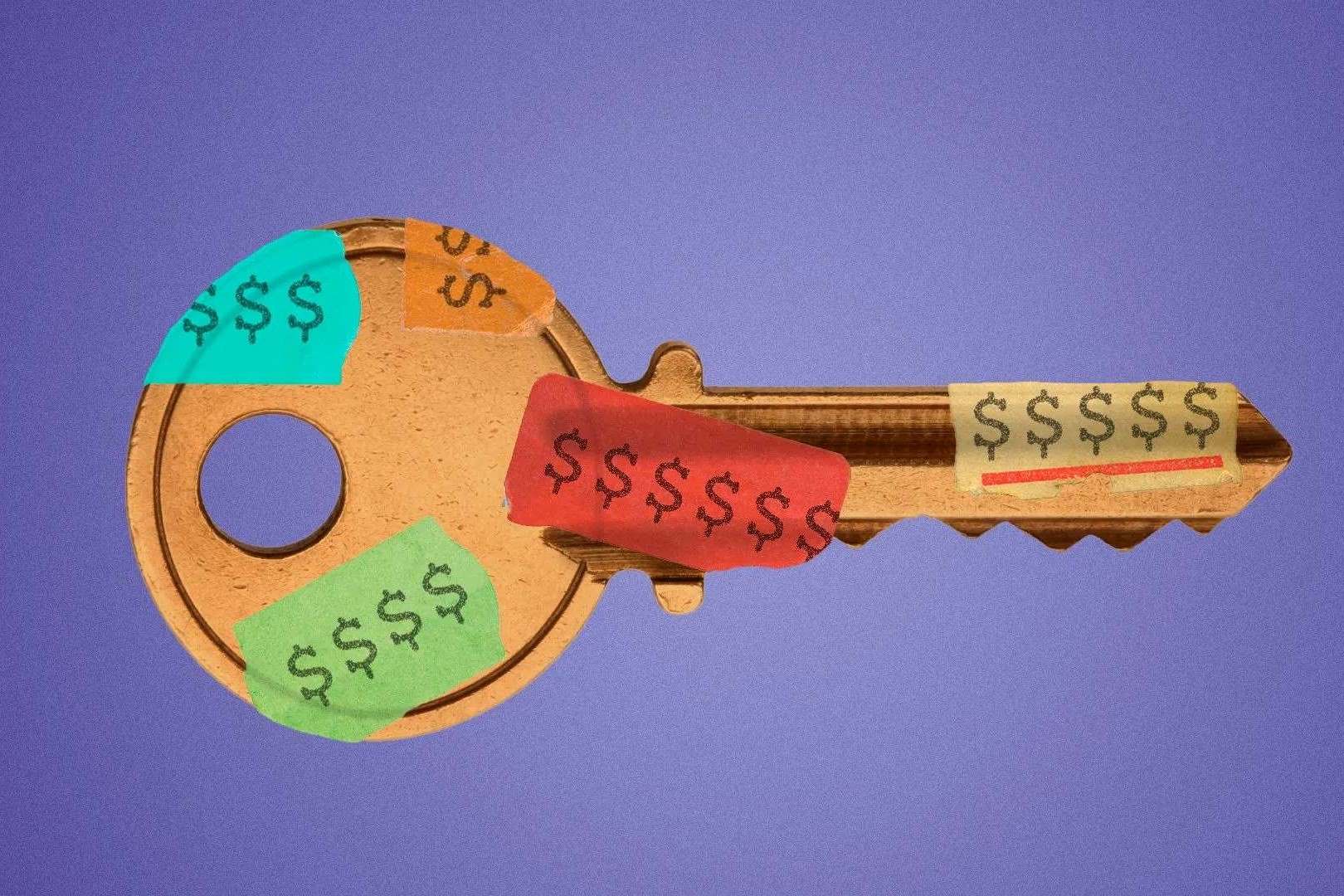


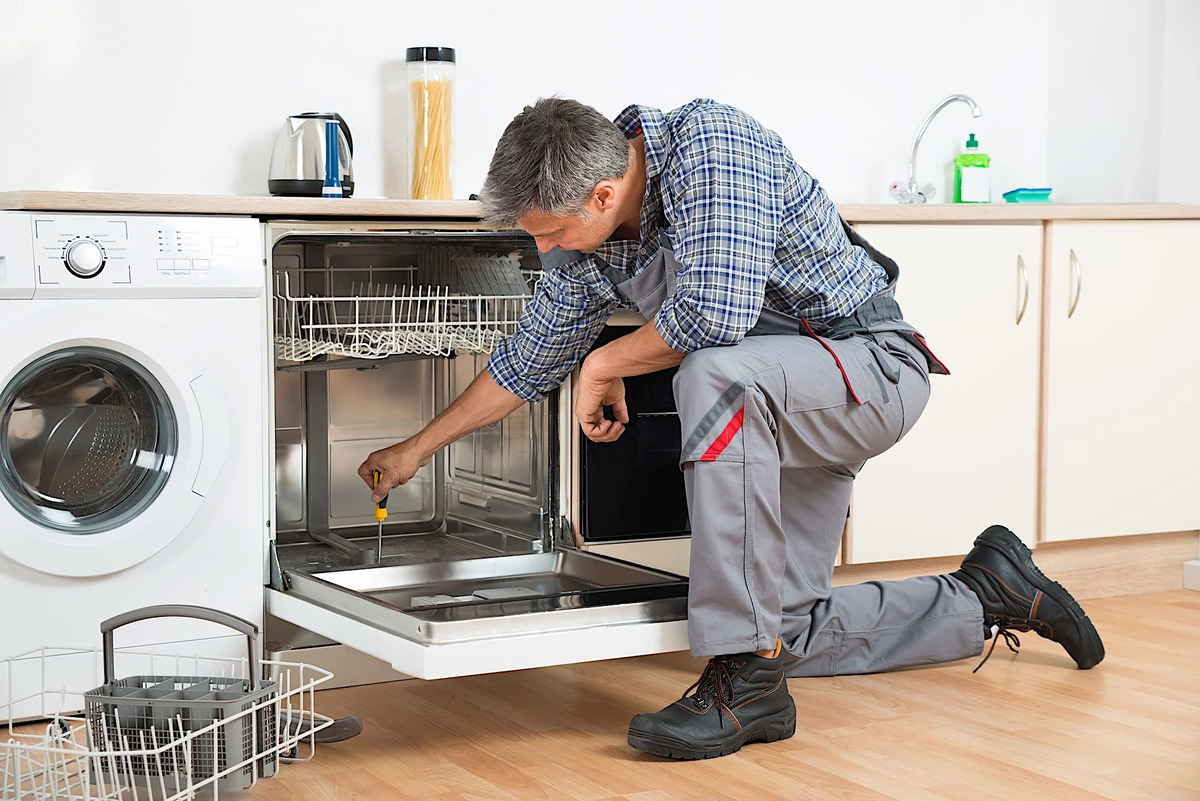


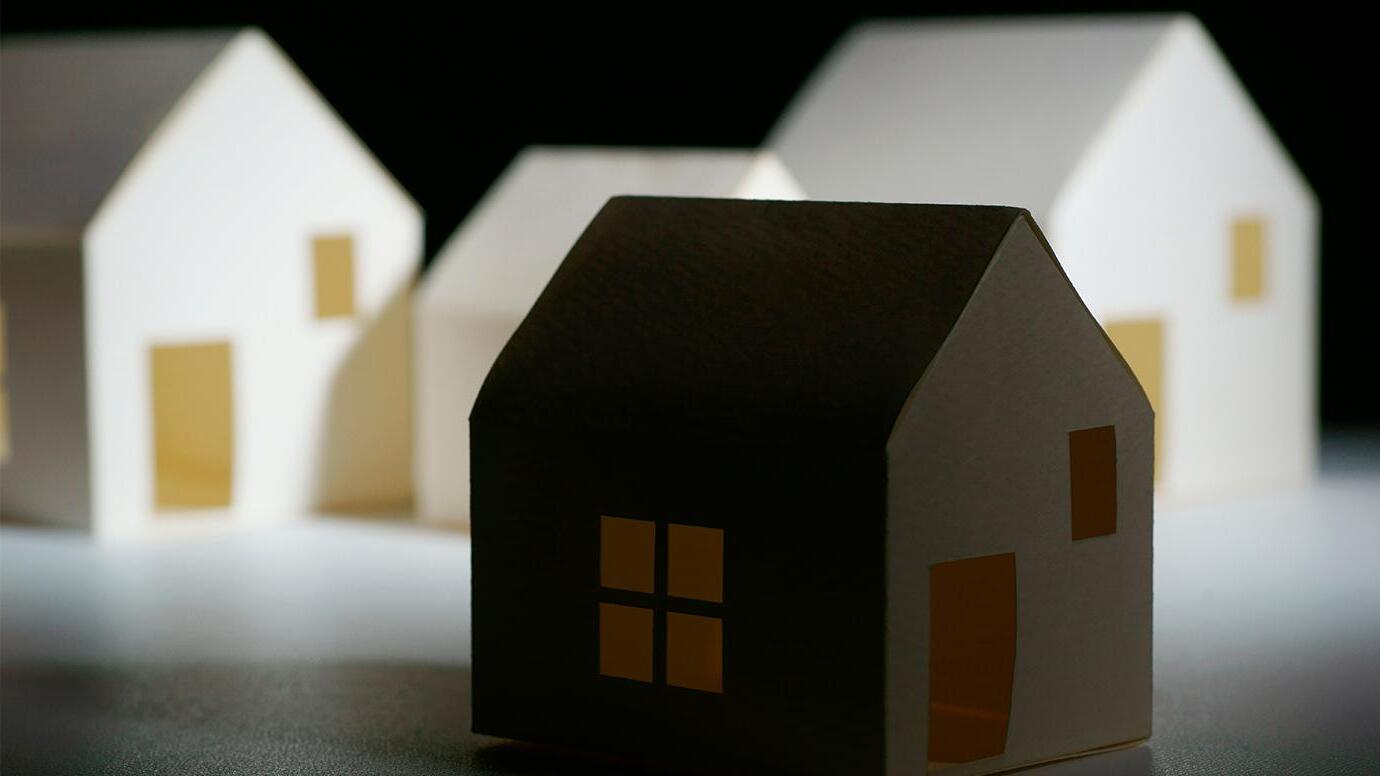

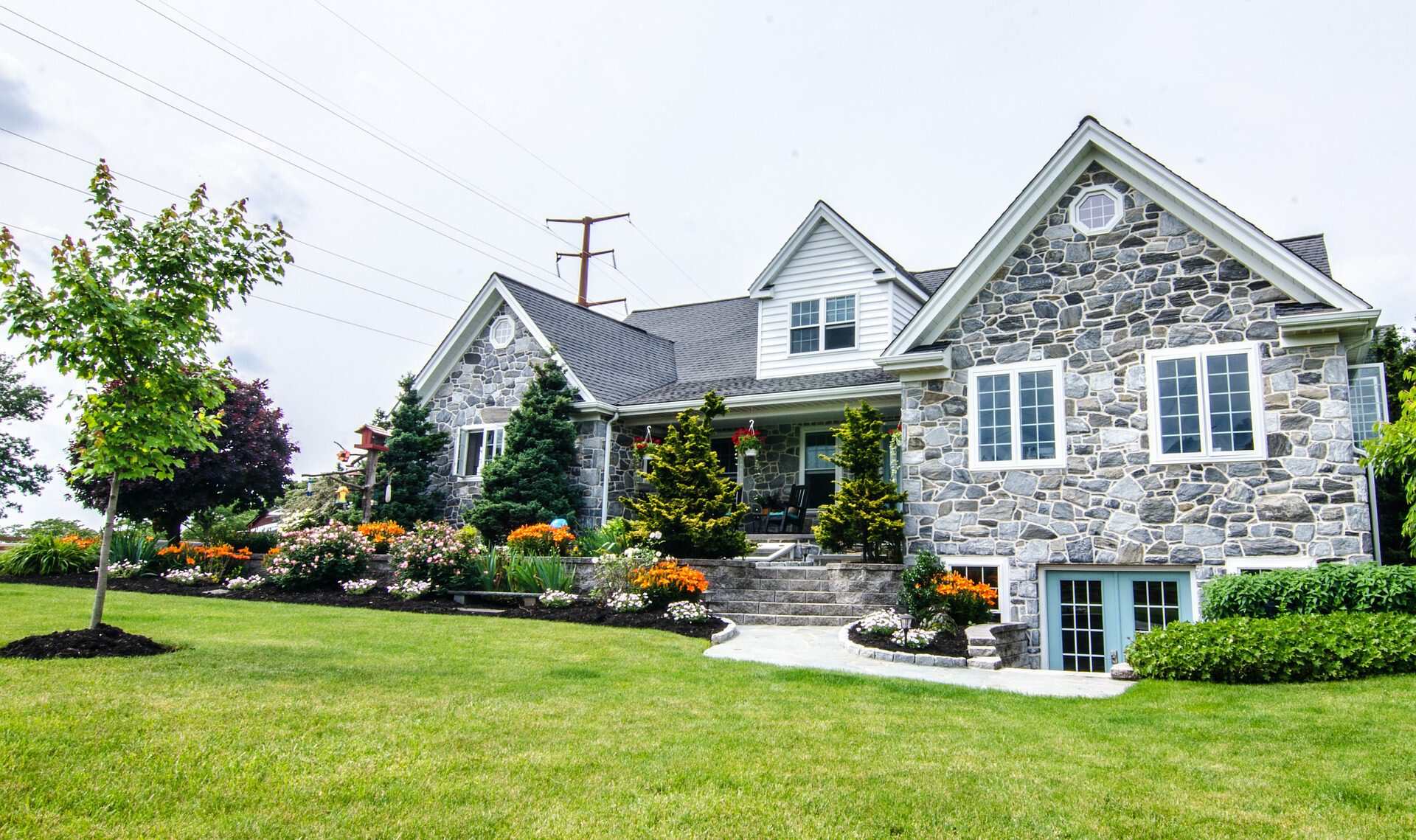

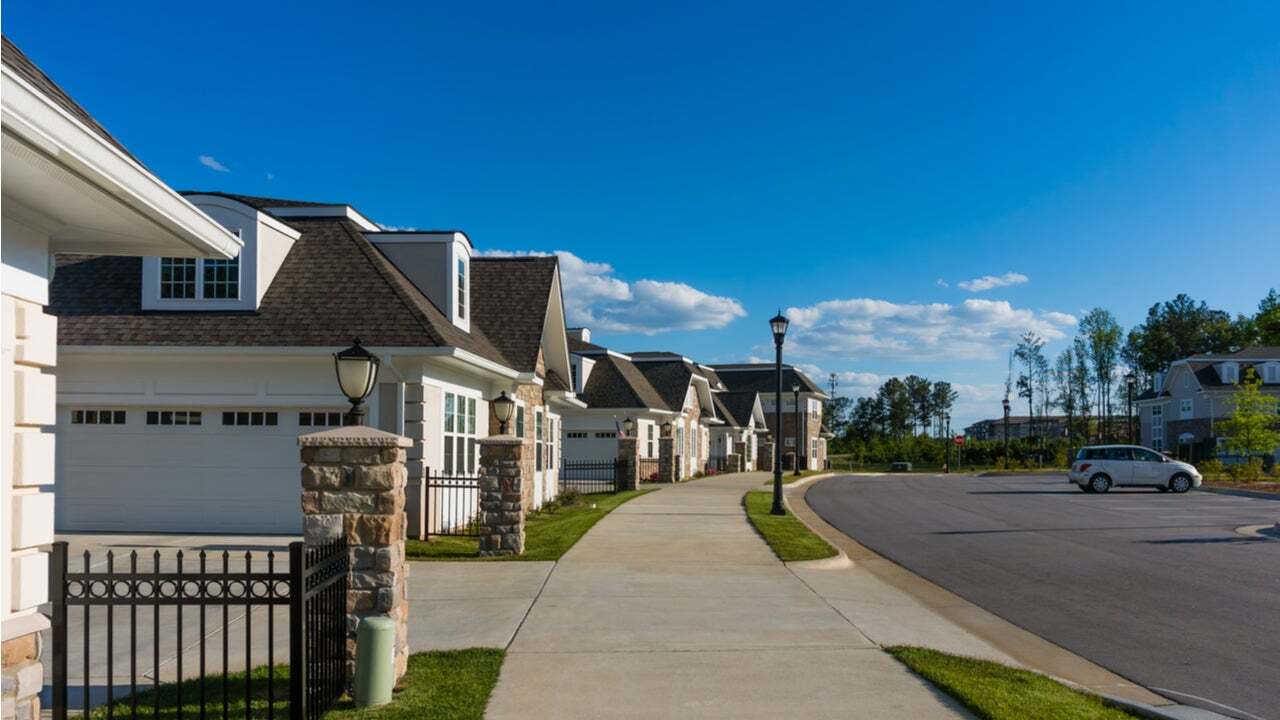
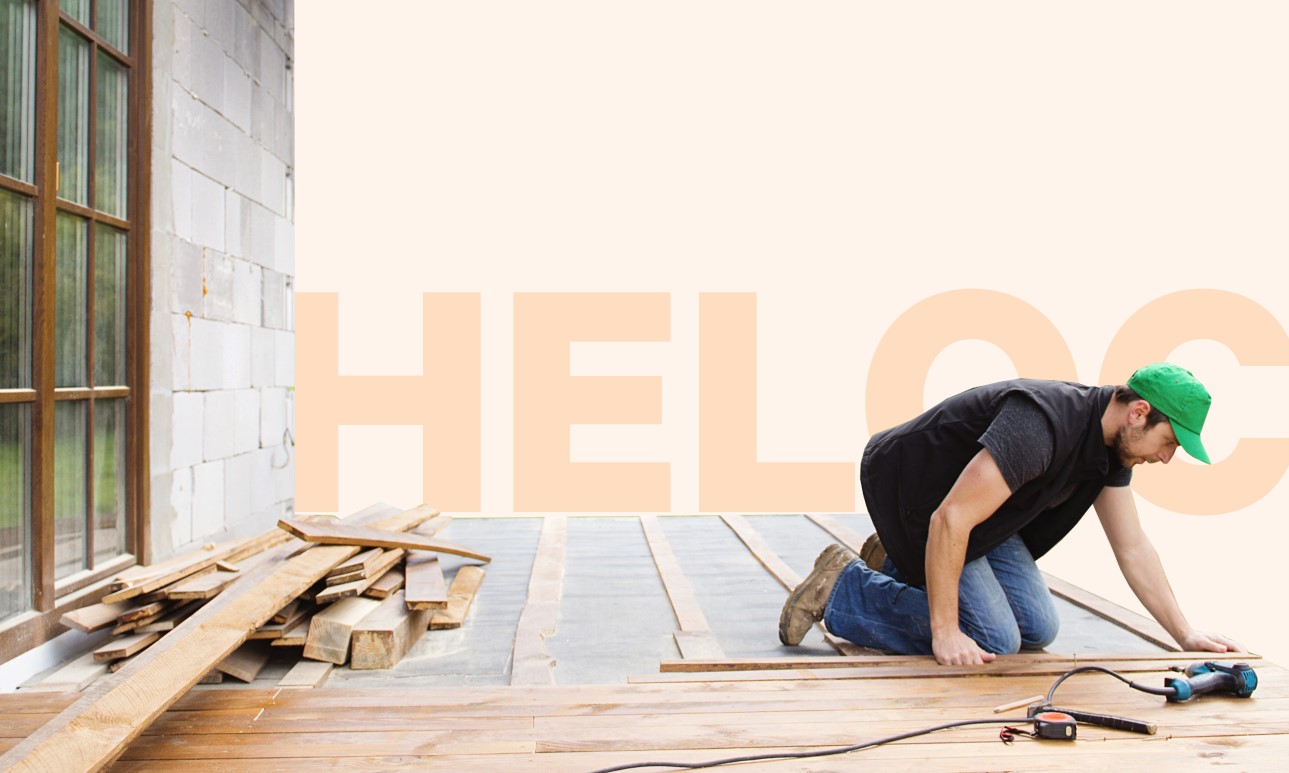


0 thoughts on “How To Report Home Improvement Tax Deductions For Rental Property”